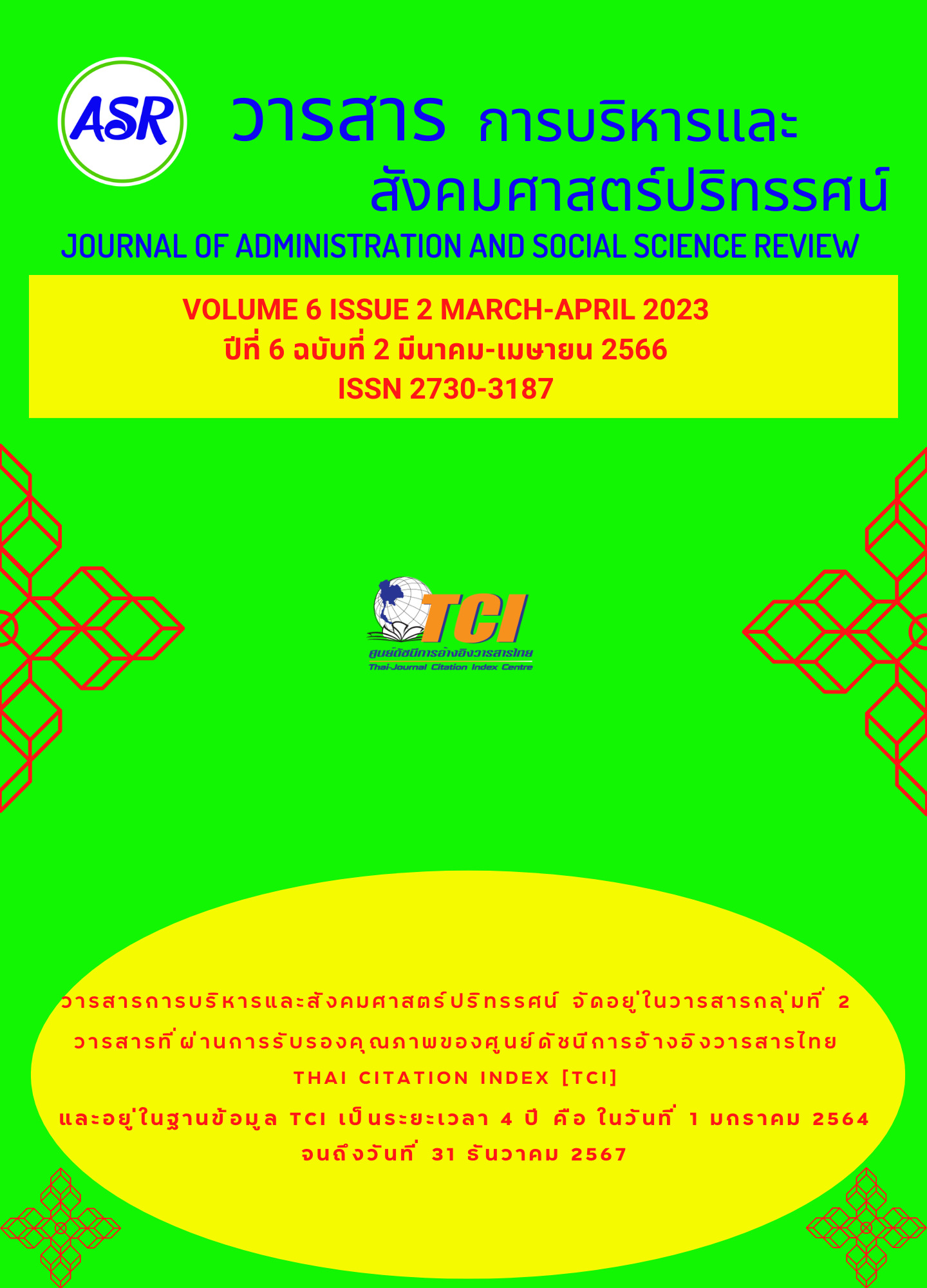Secondary Cities Tourism Policy and Reducing Tourism Spatial Inequality
Keywords:
tourism in secondary cities, tourism spatial disparityAbstract
Thailand is a country with high tourism potential. with strong points rich natural resources diverse lifestyles and cultures Including the service at Impressive and friendly to tourists therefore making Thailand's tourist attractions popular both Foreigners and Thai people who travel within the country but still popular tourist attractions concentrated in only large provinces causing tourism to be unable to spread to other provinces across the country Therefore, the government has a policy to distribute tourist attractions in secondary provinces. to solve the problem spatial disparity in tourism.
Therefore the country's tourism promotion policy to reduce spatial inequality tourism in order to effectively respond to the tourism development process of secondary cities Therefore, the "SMILE" principle must be applied as follows: 1) Safety, safety, 2) Manpower, human resources, 3) Inclusive for people of all ages, 4) Locality, local identity, and 5) Environmental, based on cooperation between the public, private and community sectors. in driving Thai tourism and tourism in secondary cities.



